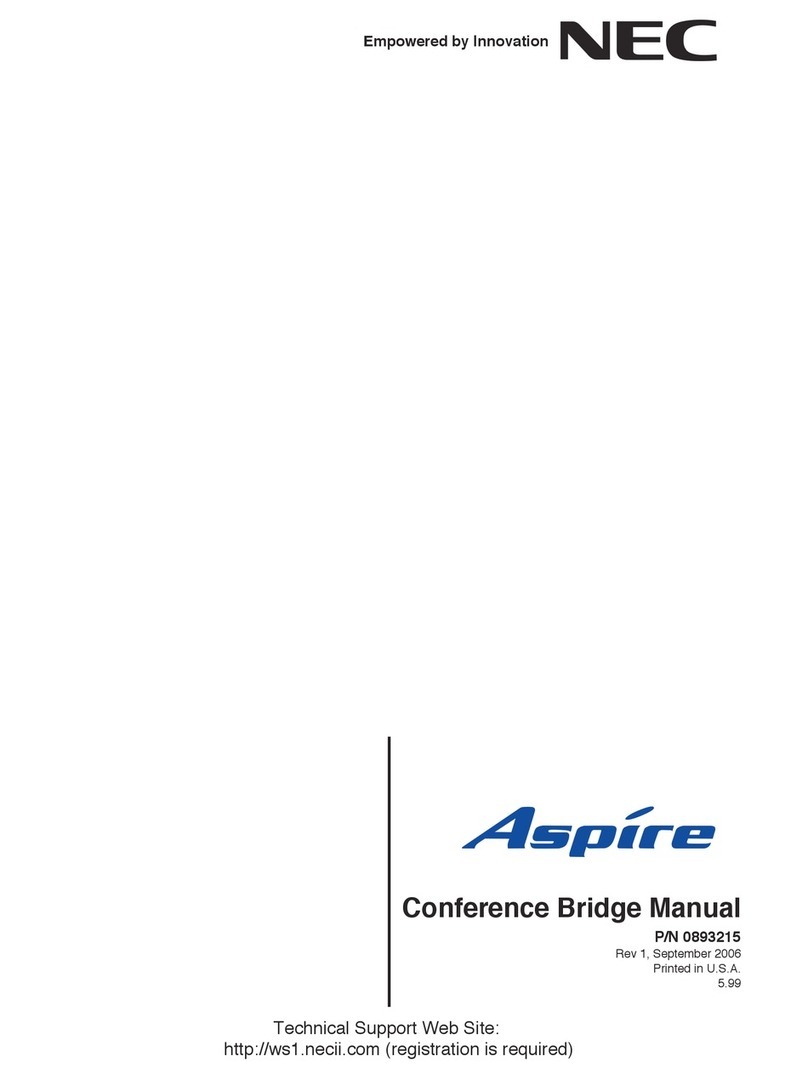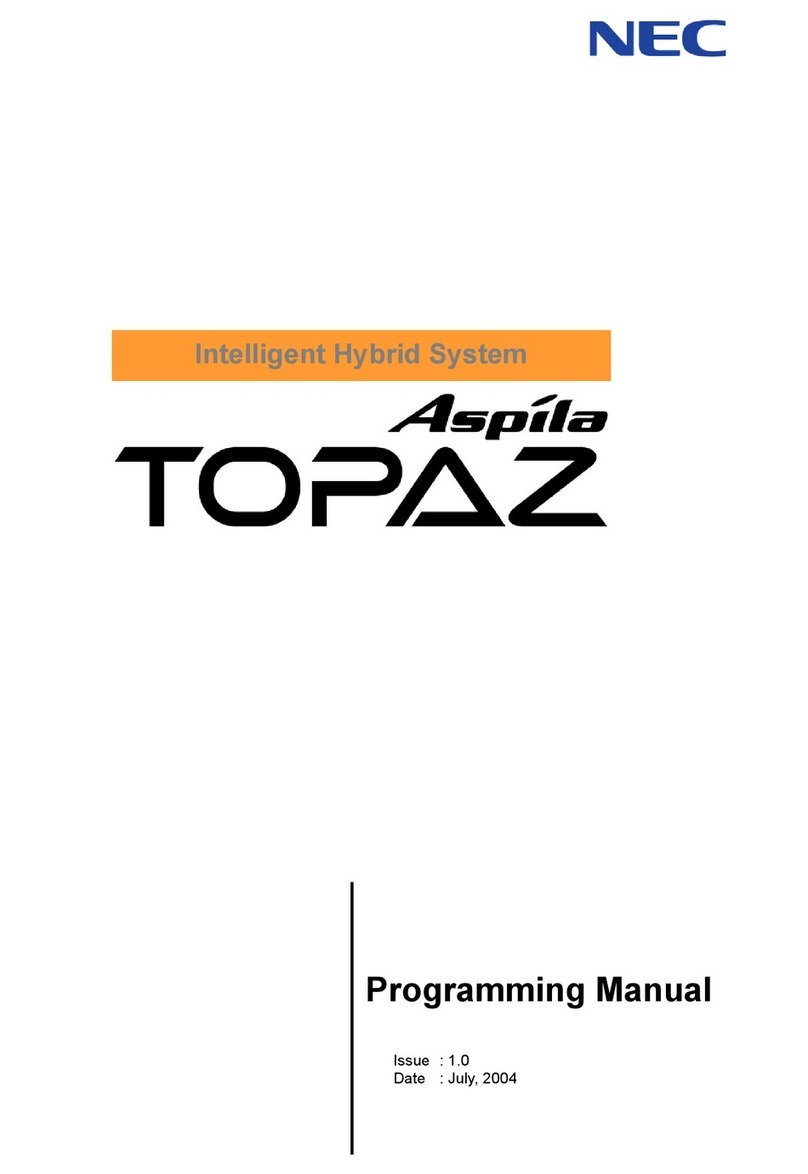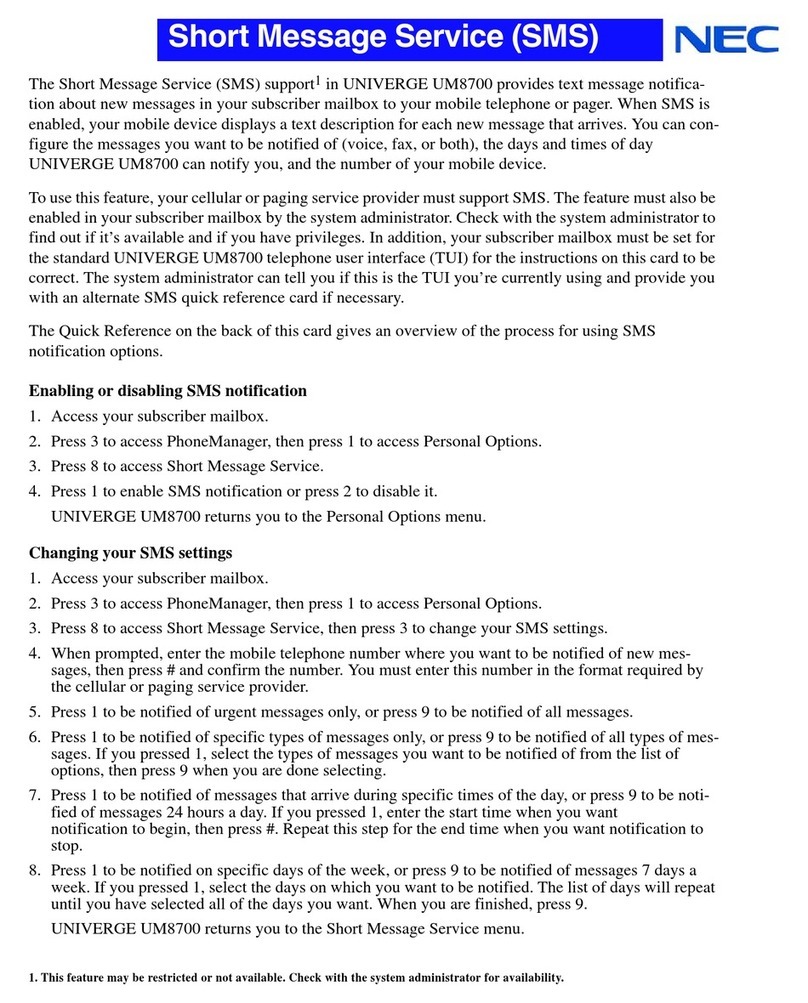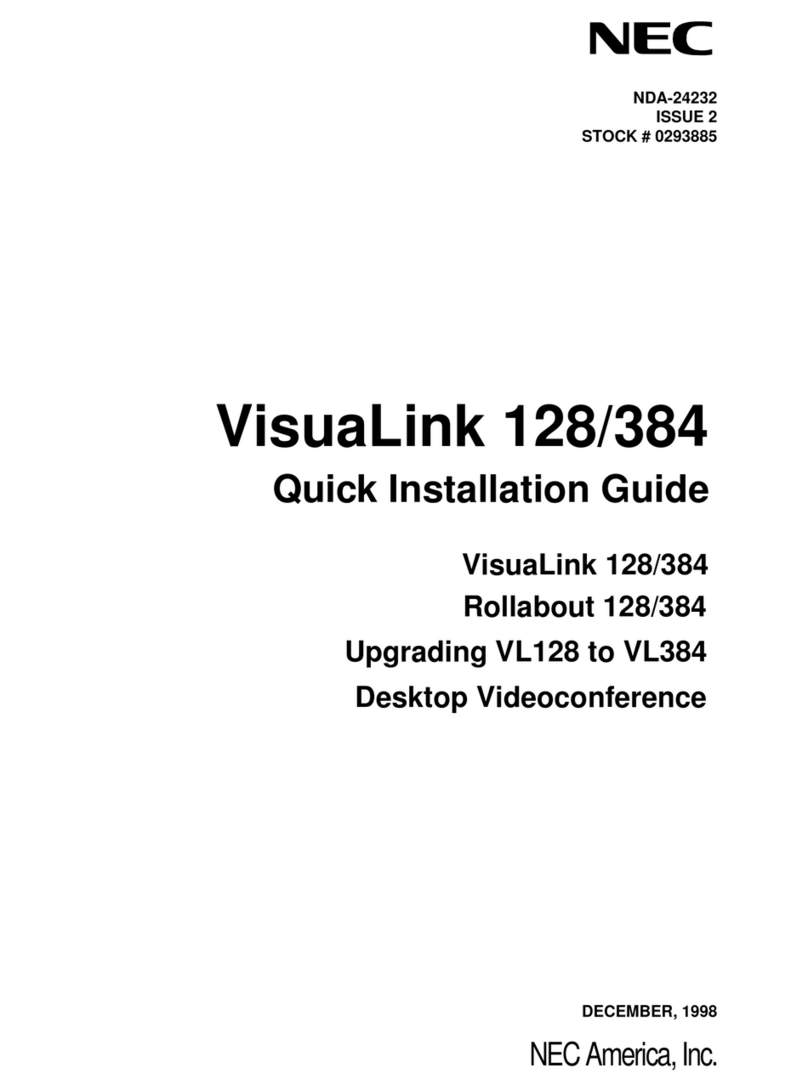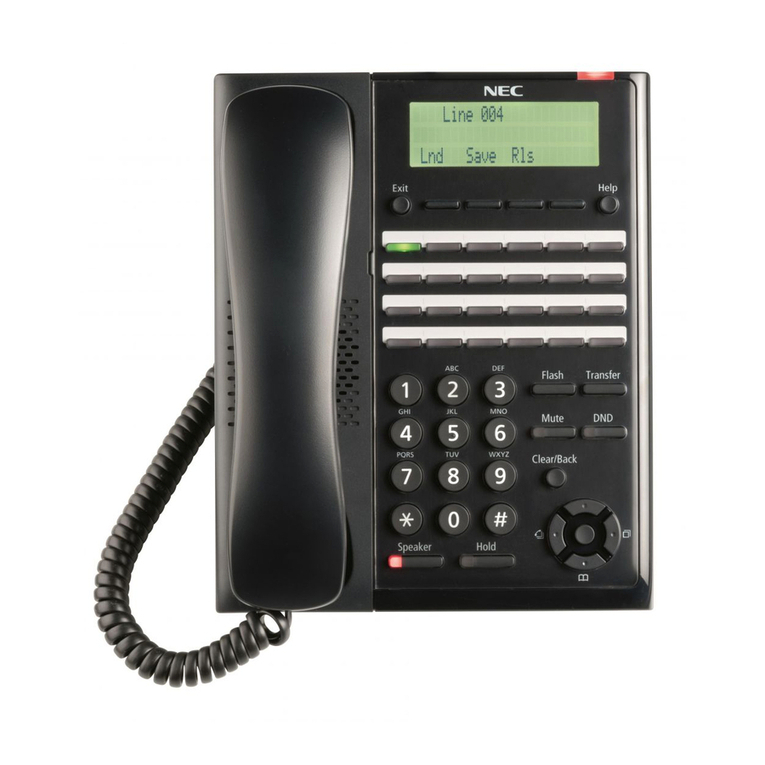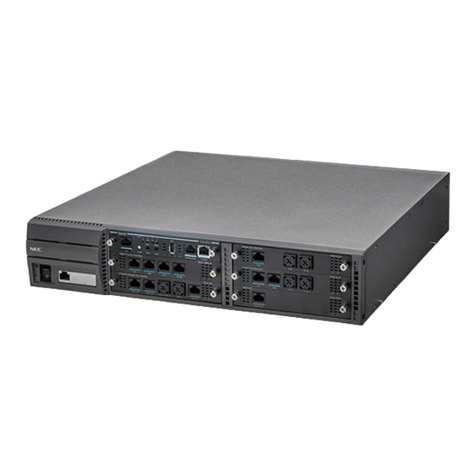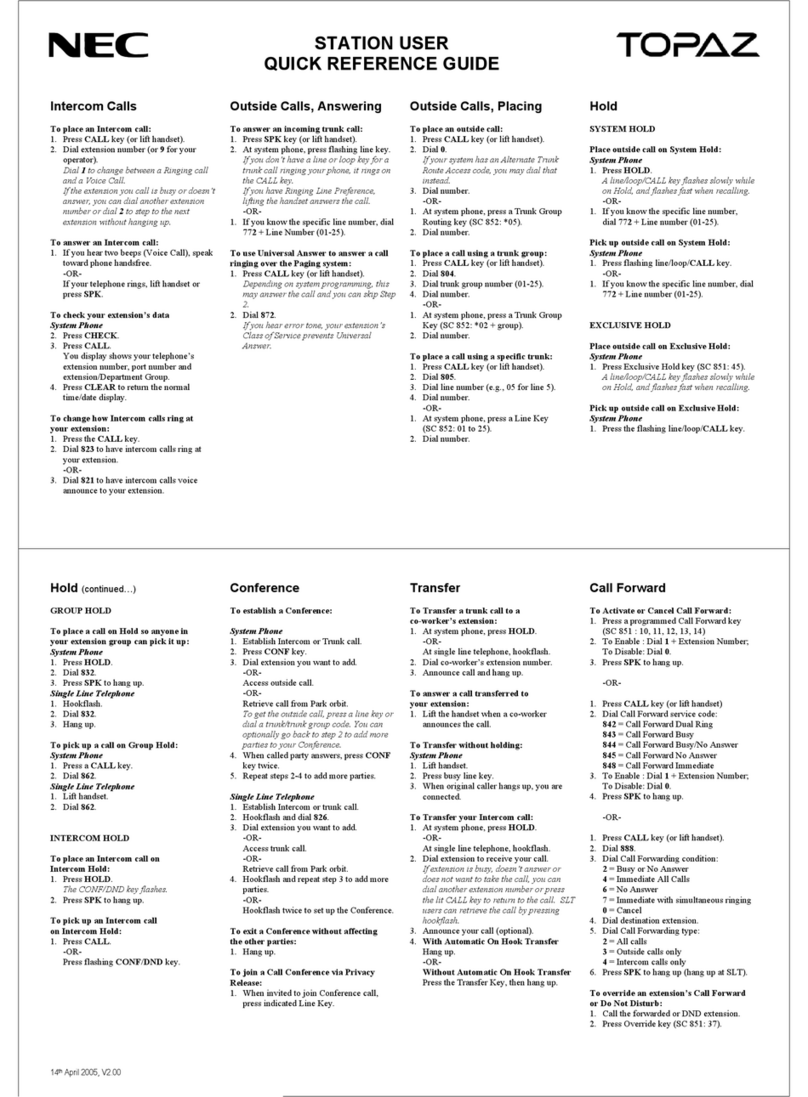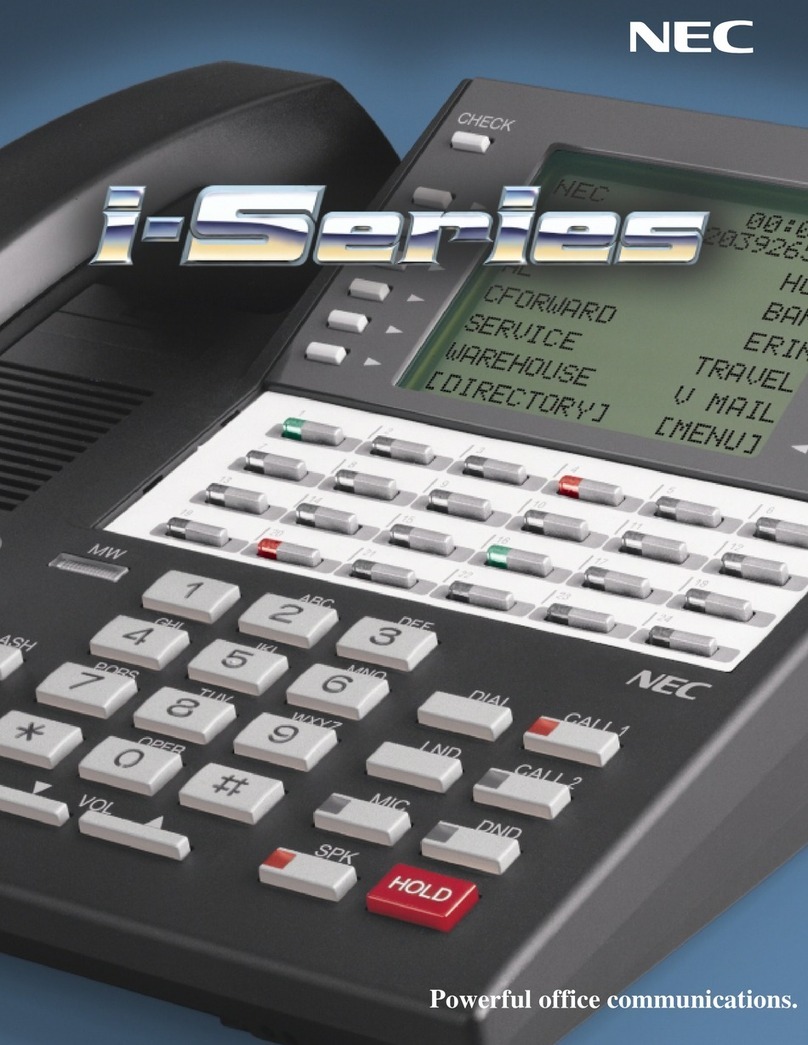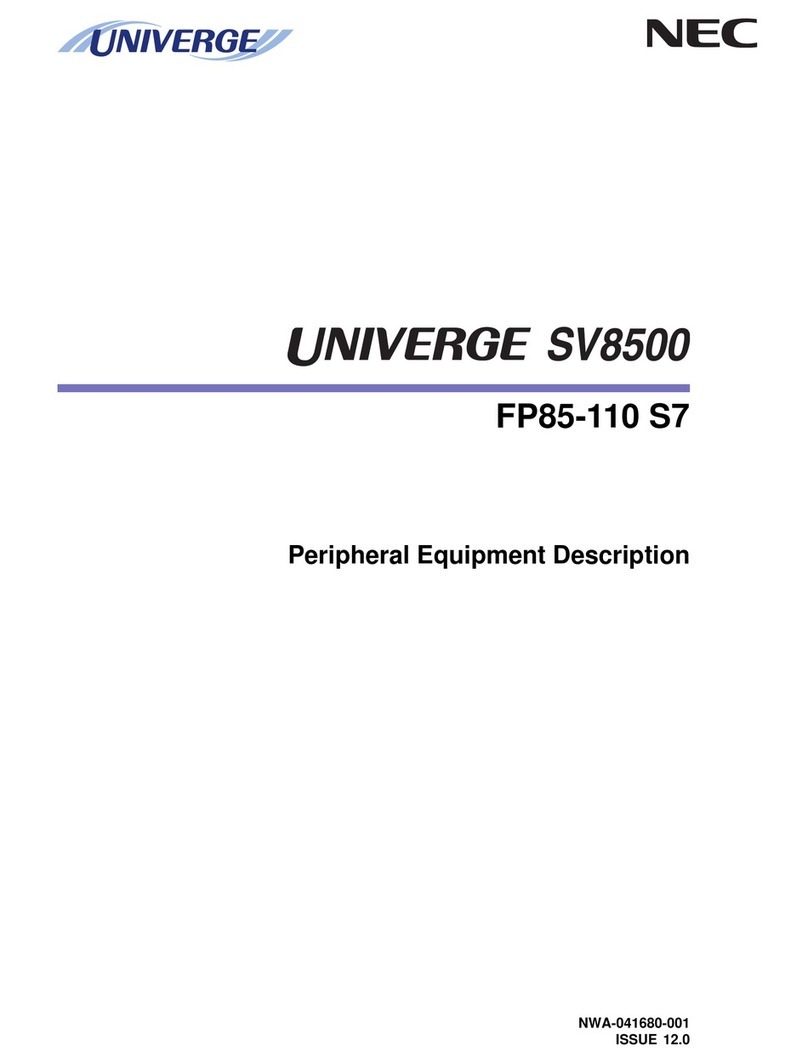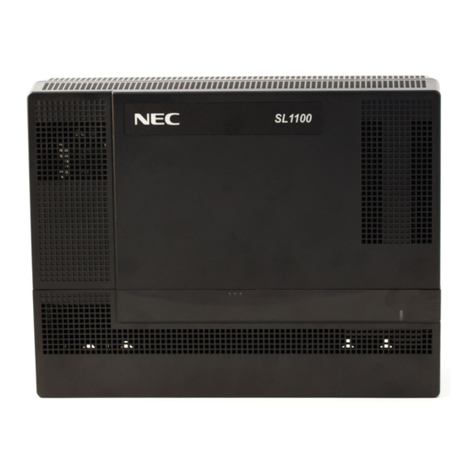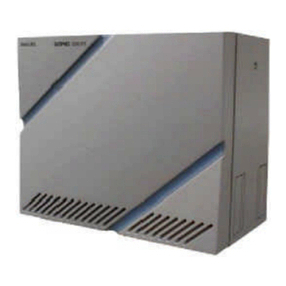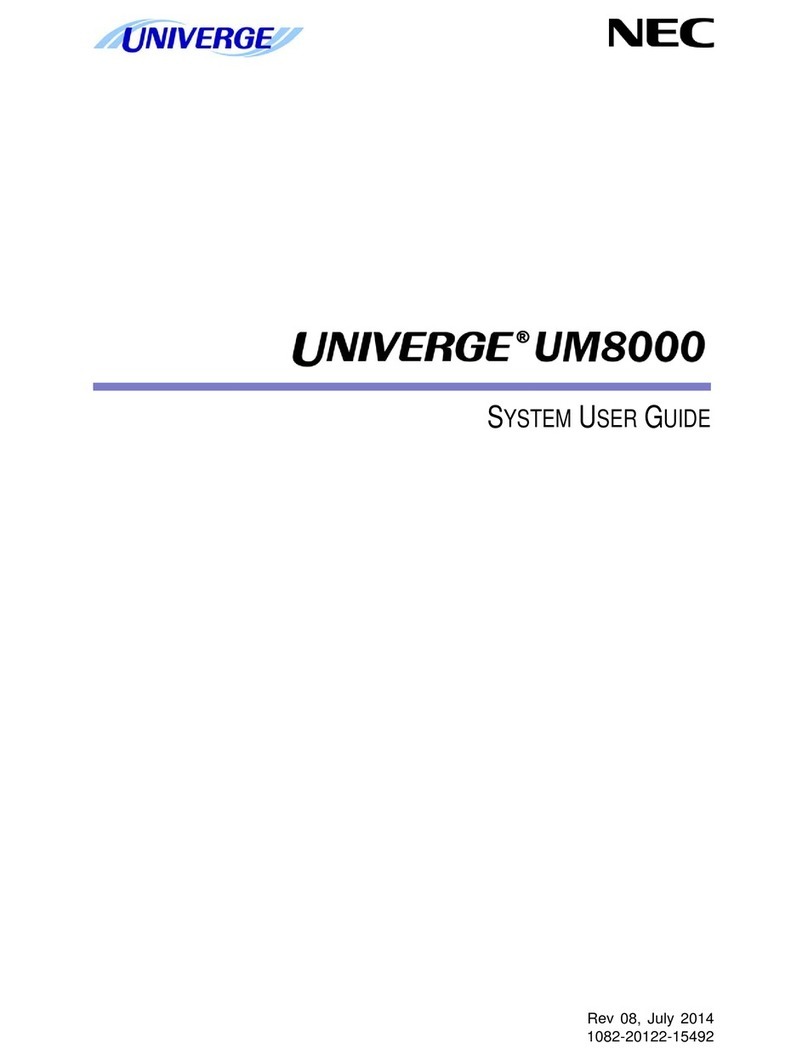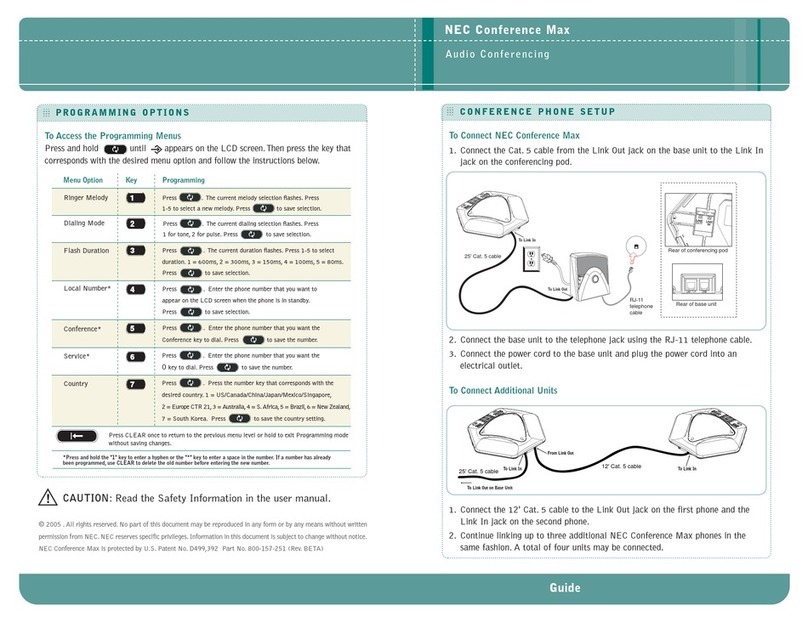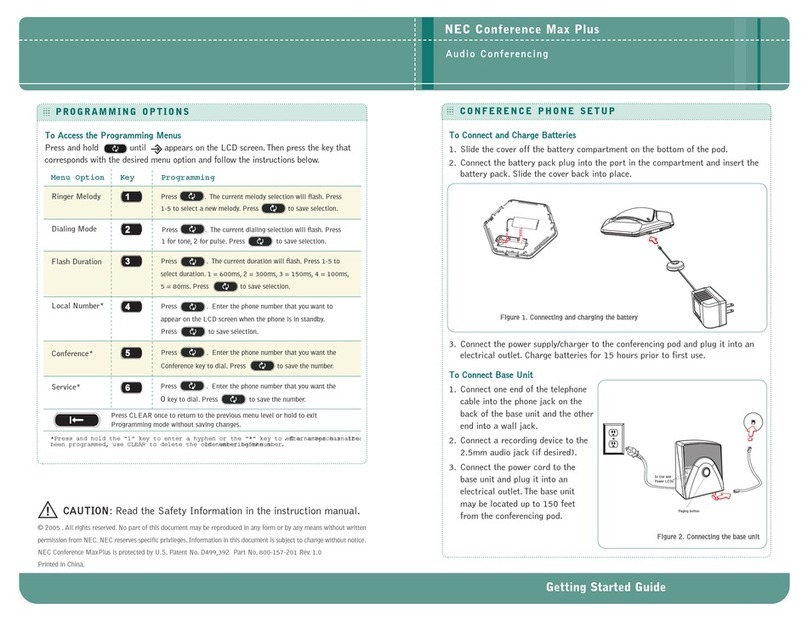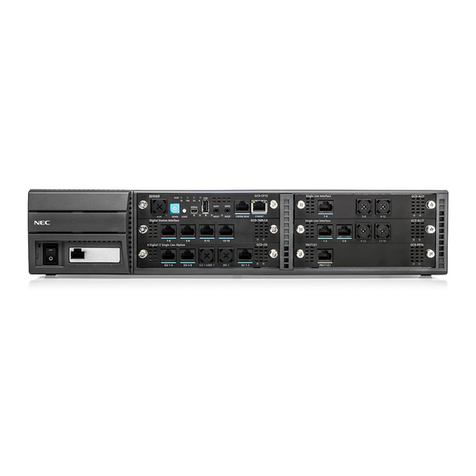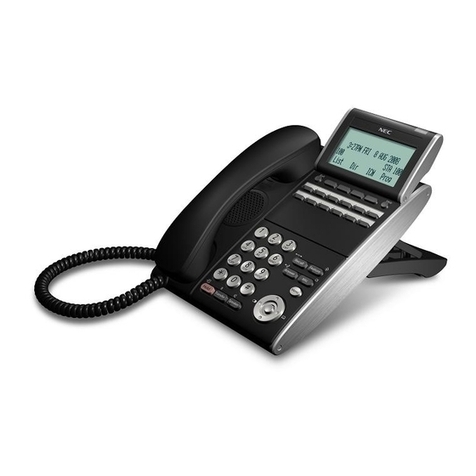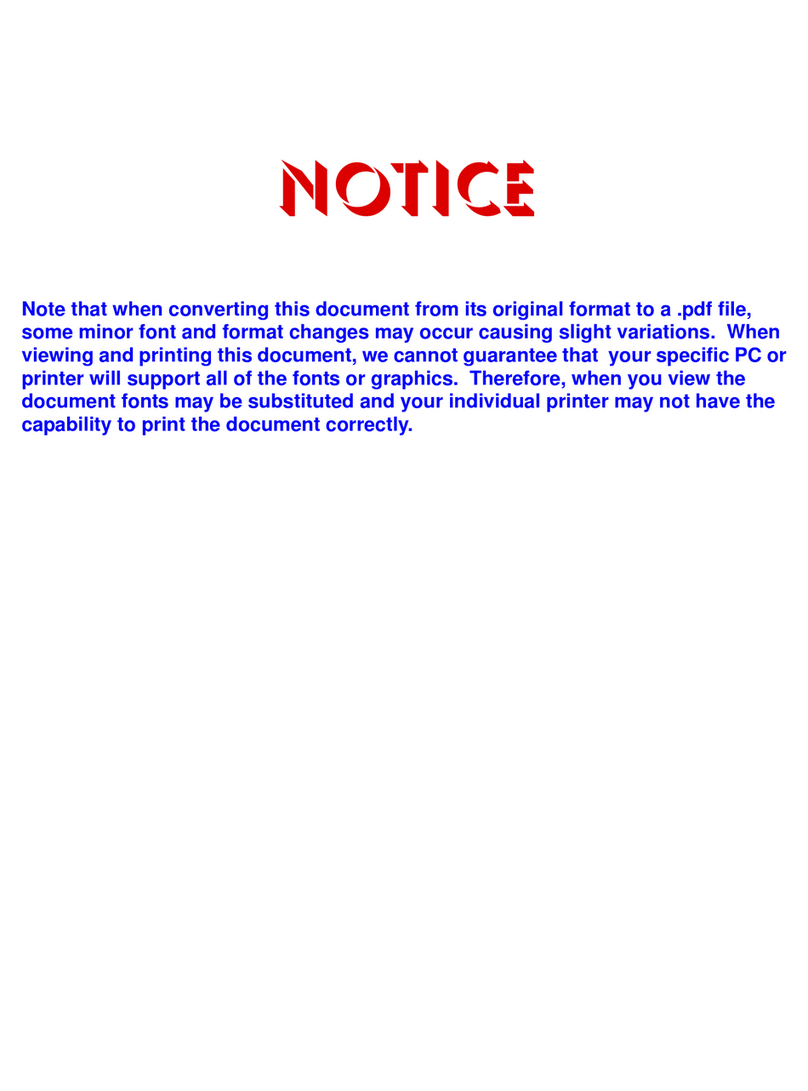ISSUE 4.0 SL2100
Hardware Manual 2
Section 3 INSTALLING THE EXPANSION INTERFACE BOARDS ............................................................................78
3.1 General ..................................................................................................................................................78
3.2 Unpacking..............................................................................................................................................78
3.3 Mounting the Expansion Interface Board..............................................................................................78
3.4 Extension/Trunk Cabling........................................................................................................................83
Section 4 INSTALLING THE OPTIONAL INTERFACE BOARDS ..............................................................................92
4.1 VoIP Board (VOIPDB-C1) ........................................................................................................................92
4.2 Installing the SD Card (SDVMS/SDVML) ................................................................................................97
Section 5 INSTALLING THE MULTILINE TELEPHONES AND OPTIONAL TERMINALS ............................................98
5.1 Installing the Digital Multiline Telephones.............................................................................................98
5.2 Installing the IP Multiline Telephone (IP7[ ]-8IPLD-C1 TEL) .................................................................103
5.3 Installing the DSS Console ...................................................................................................................107
5.4 Installing the Headset..........................................................................................................................110
5.5 Installing the Doorphone Box, Security Sensor Device (locally procure).............................................110
5.6 Installing the Door Unlock Devices ......................................................................................................114
5.7 Installing the External Paging Speaker/External MOH/BGM Sources .................................................115
5.8 SMDR (Station Message Detail Recording)..........................................................................................116
5.9 Wireless Headset Adapter (WHA) .......................................................................................................117
5.10 Installing the IP4WW-12/24TXH-[ ] Multiline Terminals and options..................................................121
5.11 Installing the IP Multiline Telephone (ITK-8LCX-1) ..............................................................................122
5.12 Installing the ITX-3370-1( )(BK) TEL .....................................................................................................127
5.13 Installing the ITX-1615-1W(BK) TEL .....................................................................................................127
Section 6 INSTALLING WIRELESS DECT TELEPHONES .....................................................................................128
6.1 Installing the DTL-8R-1 Cordless DECTTelephone................................................................................128
6.2 Installing the DTL-RPT-1 Cordless DECT Telephone REPEATER.............................................................138
6.3 Installing the DTL-RPT-2 Cordless DECT Telephone REPEATER.............................................................145
6.4 Install the DTZ-8R-1 CORDLESS DECT Telephone.................................................................................154
6.5 Installing the ML440 and AP20 Wireless DECT Telephone ..................................................................162
Section 7 INSTALLING OPTIONAL EQUIPMENT ...............................................................................................169
7.1 NEC Digital Call Logger.........................................................................................................................169
7.2 NEC IP Call Logger................................................................................................................................172
7.3 NEC Digital Player Requirements.........................................................................................................179
7.4 NEC Digital Player/Recorder Installation .............................................................................................180
CHAPTER 3. SYSTEM START UP...............................................................................................185
Section 1 SYSTEM START UP ...........................................................................................................................185
1.1 Before Starting Up the System ............................................................................................................185
1.2 Starting Up the System........................................................................................................................185
Section 2 PROGRAMMING MODE ..................................................................................................................188
2.1 Entering the Programming Mode........................................................................................................188
2.2 Exiting the Programming Mode...........................................................................................................188
2.3 Saving (Backup) the Customer Data ....................................................................................................189
2.4 Loading the Customer Data.................................................................................................................189
Section 3 SYSTEM SHUT DOWN......................................................................................................................191
3.1 Powering Off the System.....................................................................................................................191
3.2 Resetting the System...........................................................................................................................191
CHAPTER 4 MAINTENANCE.......................................................................................................193
Section 1 LITHIUM BATTERY REPLACEMENT ...................................................................................................193
